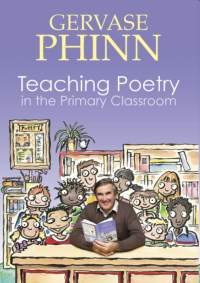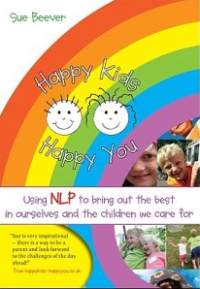Short Book Reviews
Hanna Kryszewska, Poland
Hanna Kryszewska is a teacher, teacher trainer, trainer of trainers. She is a senior lecturer at the University of Gdańsk, and EU Teacher Training College where she trains pre-service teachers. She is also Director of Studies at SWPS, Sopot, Poland. She is co-author of resource books: Learner Based Teaching, OUP, Towards Teaching, Heinemann, The Standby Book, CUP, Language Activities for Teenagers, CUP and a course book series for secondary schools: ForMat, Macmillan. She is also co-author of a video based teacher training course: Observing English Lessons. Hania is a Pilgrims trainer and editor of HLT Magazine.
E-mail: hania.kryszewska@pilgrims.co.uk

Teaching Poetry in the Primary Classroom. G. Phinn. (2009) Crown House Publishing Limited. ISBN 978-184590130-1, pp150. The book is designed for the native primary class. It teaches the reader how to read poetry to children, how to help them understand poetry and how to have children create their own poems. The poems fall into almost twenty categories; among them are miniature poems, patterned poems, limericks, alphabet poems, riddles, ballads, conversation poems, poems from other cultures, poems from the environment, just to name a few. Most of the model or input poems have been written by the author himself, but there are also ample examples of the children’s own poems. They show the teachers who pick up the book what poems their students could write in class. These children’s poems can be used in class for input as well, they are so good. In fact they are little gems which can be read just for pleasure but additionally they help us to explore how the child’s brain works. They offer an insight into their world and how children use language. In the case of each poetry genre, the author presents its main features, and ideas how to get children to create their own poems. A poetry writing project like this helps children on their way to literacy in two ways: it teaches how to understand and appreciate poetry and how to use language creatively. The book is illustrated in a witty way; sometimes there are poems related to famous paintings and in such cases respective reproductions are included. A foreign language teacher will certainly be inspired and will find many ways to use the book. In a way the books makes me think of “Creating Stories with Children” by Andrew Wright published by OUP. They are in the same league when it comes to bringing out the best in children.

Happy Kids, Happy You: Using NLP to bring out the best in ourselves and the children we care for. S. Beever. (2009). Crown House Publishing Limited. ISBN 978-184590128-8, pp 126. The extended title tells you clearly what the book is about. The underlying philosophy is NLP – Nero-linguistic Programming, the art of triggering positive change in the ways we do things. The ‘we’ in the case of the book is the teacher and the learners in the class. In other words it the two parties who are to bring about change are the teacher and the students. It clearly implies that to trigger positive change both parties have to be involved. For the change to happen the teacher needs to care… he or she cannot be detached and treat the process as an academic exercise. The author is an NLP practitioner and it shows. The activities are deeply rooted in NLP and show a deep understanding of how NLP works. The main areas the book covers are: insight into classroom situations and classroom management seen through NLP eyes, challenging situations and how to deal with them, how the teachers have to start working with themselves, and finally how to enjoy the process or ‘the journey’ as the author puts it. The book is easy to follow thanks to: varied layout, use of different fonts, cartoons and illustrations, speech bubbles and so on. Finally there is ample background information, advice and recommended procedures / how to take action in class, and finally sample outcomes. All teachers should read this book and reflect on the message.

Please check the Methodology and Language for Primary Teachers course at Pilgrims website.
Please check the NLP for Teachers course at Pilgrims website.
Please check the Building Positive Group Dynamics course at Pilgrims website.


|